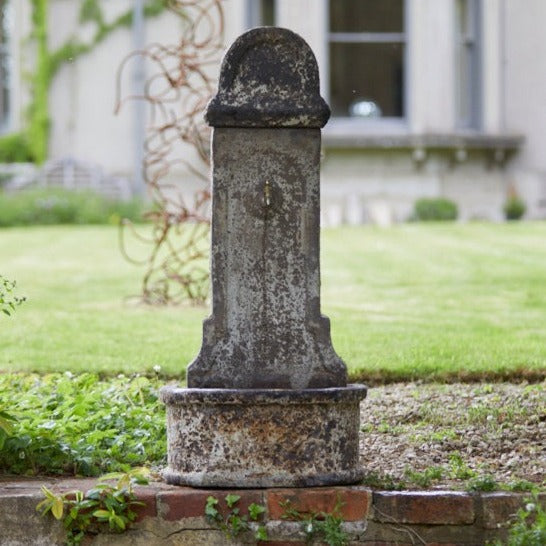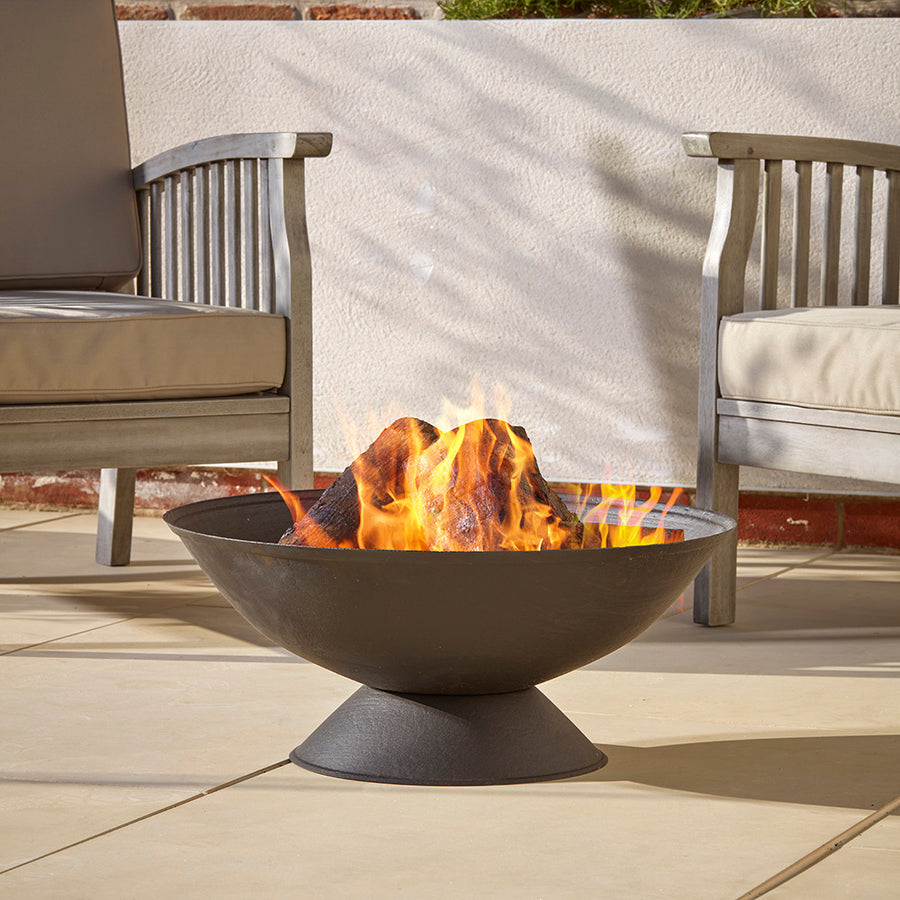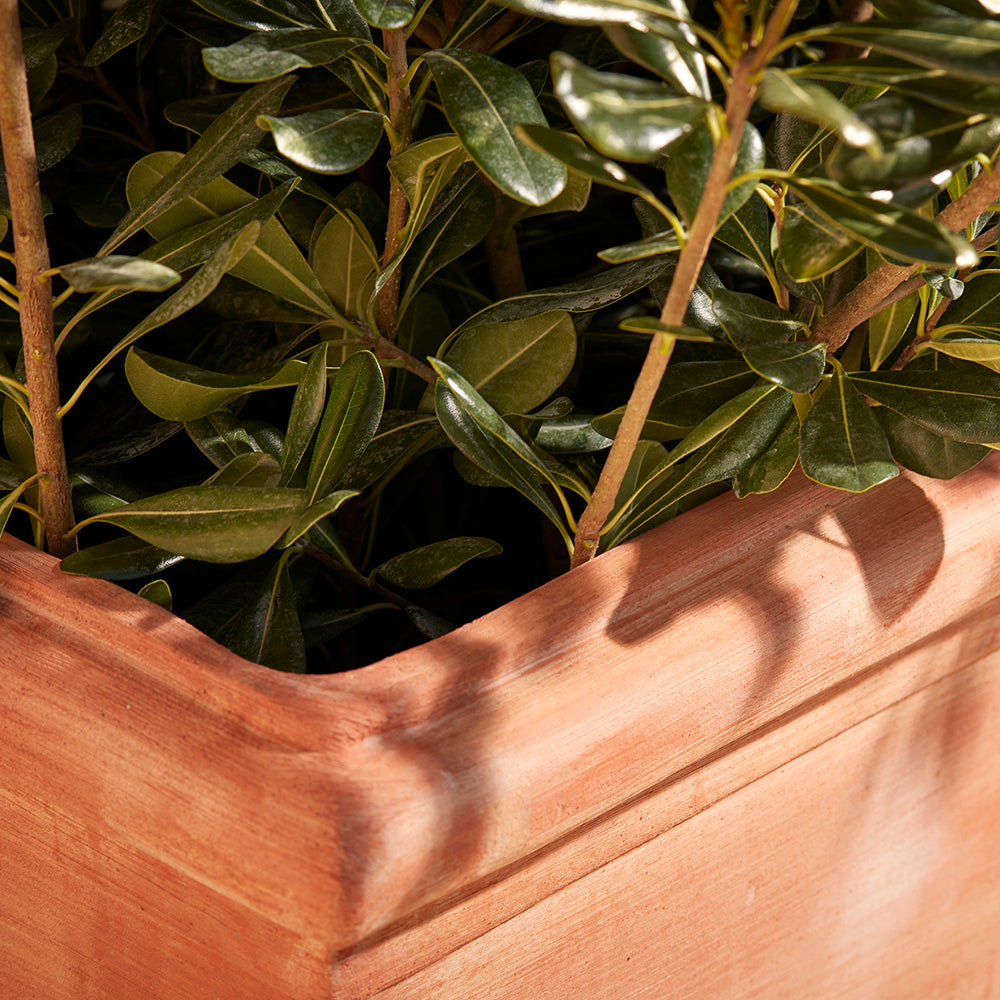Beautiful winter planter ideas for 2022
If you think your garden is starting to look dark and uninspiring now that all the summer has come to an end, plant your containers with winter-interest plants to add a splash of colour.
There are plenty of flowers that will bloom in winter and early spring when many plants are still dormant. Our guide will help you maximise the colour and make the most of your containers to ensure you have a stunning display all year round.
Choosing your container
Choose a container that is both robust and durable for year-round use. Our range of luxury terracotta and glazed ceramic pots are strong enough to withstand hard winter months and will survive the many frosts, snow and cold weather without cracking.
It is important to ensure the containers you choose have large drainage holes in the bottom. Pot feet or stands are an essential accessory over winter to help aid drainage, avoid waterlogging and keep away pesky pests from your winter pots.
Winter flowering plants
Decorate your garden this winter with plants with colourful foliage, grasses, evergreen shrubs, and conifers which are ideal for providing height and structure in the centre of your container. Compliment with vibrant winter bedding for a display that will thrill into the new year. Here are some of our favourite winter plants to inspire you:
Flowering plants: Bedding plants such as winter flowering pansies, violas, cyclamen coum and primroses to create a kaleidoscope of colour in the shorter days. The Christmas Rose, or Hellebore is a popular early bloomer, flowering in winter and early spring.
Winter aconites with their cheerful yellow flowers will glisten in the new year sun, whilst Sarcococca (Christmas box) provides January attraction with its very highly fragrant flowers. Winter heathers are a classic way to team with dwarf conifers and are available with various colourings and textures to suit any container. The colourful foliage of ornamental cabbage will also brighten up a window box and last through winter, holding their colour right through the cold weather.

Evergreen shrubs: Viburnum, mahonia, skimmia japonica, heucheras and hebes are great shrubs that produce some bright blooms in the dark days. Ivy stays evergreen during the colder months and is a delightful plant to grow against walls or fences, or looks equally as good spilling over the rim of winter containers.
Other attractive additions to the garden at this time include the evergreen box to line your patio or front door, as well as daphne and winter jasmine that will produce plumes of sweetly fragrant white flowers over the winter months.
Berries: Berries provide a distinctive Christmas twist to a winter container. Plants such as callicarpa, gaultheria procumbens, red berried holly, cotoneaster and pyracantha all produce clusters of shiny, bright fruits in autumn and winter to illuminate your landscape.

Spring Bulbs: These won’t flower until spring but will provide a colourful lift after a long, dark winter. Popular flowers such as snowdrops, crocus, daffodils and tulips signal the first day of spring. They can be planted in the late part of the year for a fine display in containers, when other plants are dying down.
Herbs: An aromatic and fragrant addition to your winter container displays. Evergreen perennials like rosemary, sage, thyme, lavender and mint are hardy enough to survive the cold weather. Position them where they’ll receive some sunshine and you’ll be able to use them in your winter comfort food too.
Height and structure: Consider using focal shrubs in your container like cordyline with its bright, spiky foliage that will create a firework effect in your display. Dwarf conifers with their erect, evergreen sprays are ideal to add height, whilst ornamental grasses add movement and structure. The rainbow colours of cornus’ stems, under-planted with low winter bedding, perennials and small shrubs will guarantee to illuminate any outdoor space.
Winter care
Light is at its lowest levels over winter so we recommend you position your planted containers where they will receive maximum sunlight. It also helps to cluster several containers together in a sheltered location to protect from harsh extremes.. You can also protect individual pots with a horticultural fleece or bubble wrap to ensure the root balls of the plant are kept warm.
While you don’t need to feed your container plants over winter, we recommend checking the compost regularly, as it can dry out easily in mild spells and will need watering.






























